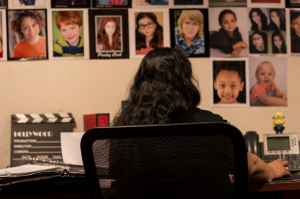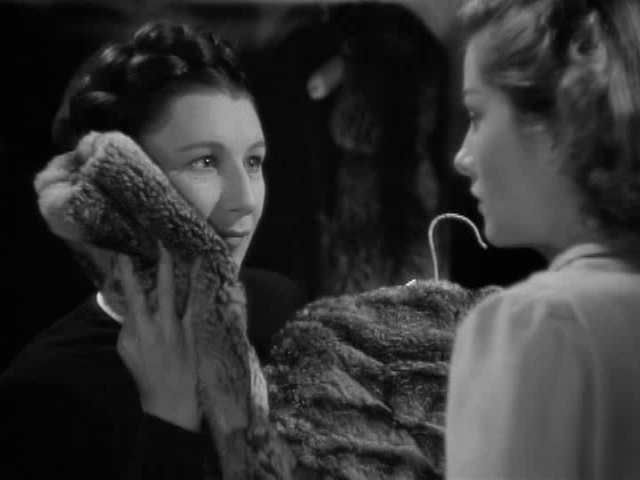The Oakwood
Today was the last day of the Hollywood class. It’s probably the sleep deprivation, but it’s hard to process everything we learned in the class, as well as the fact that it’s now over. Amidst the stand-still traffic and schmoozing with stars, I’ll be sure to miss the Oakwood, funnily enough. Today I said goodbye to Margo, an elderly woman I run into who has lived in the Oakwood for over forty years. The Oakwood has been an important presence on our trip.
The first day I arrived at the Oakwood, I mentally prepared myself to get lost on a daily basis, which I did. The complex is massive, with over one thousand apartments spread between buildings A-Z. I also realized that my main means of transportation would consist of hitching rides on the ubiquitous golf carts. My second day I people-watched and divided the Oakwood residents into the categories of child actors, parents of child actors, and mysterious other. By my third day of the Oakwood, I had attended a wellness lecture on avoiding the turkey neck, Sunday brunch, and a casting information session for child actors. Since then, I have been running into oodles of people who, upon hearing of my temporary residence, exclaim: “Oh yeah, the Oakwood! I stayed there!” What is this place?
Yesterday, I decided to ask Olivia, from the Activities department, more about the Oakwood. She told me that the Oakwood was founded in the ‘60s as a form of corporate housing, then gained a reputation for being a haven for swingin’ singles. In the late ‘80s, early ‘90s, the Oakwood reframed their image to cater toward child actors. They created an environment in which they brought in professionals rather than having families scatter out to try to find their own.
(Olivia working in her office. She has helped our class out a lot and is camera shy.)
Olivia’s wall features photographs of famous child actors who stayed at the Oakwood: Miley Cyrus, Jessica Biel, Frankie Munoz, and more. Rumor has it that Jay Leno often roamed the Oakwood, coaxing unsuspecting residents to participate in his TV show. But it’s not just actors who come to the Oakwood. While jacuzzi-ing and swimming, I have run into people from all over: a physical therapy student from Saudi Arabia, a jewelry maker from the South, and no dearth of aspiring directors-writers-producers. And then there’s us, a class of thirteen Colorado College students. Who knows what we’ll be, who knows where we’ll be, but maybe one day in our wildest dreams we too shall get featured on Olivia’s wall.




